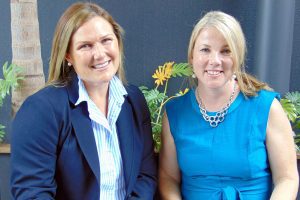Using genetic sequencing technology, scientists at Sydney’s Westmead Institute for Medical Research have discovered intact HIV resides in a subset of immune cells known as effective memory T-cells – the same ones designed to attack the virus and other infections.
“HIV is really very clever,” said lead researcher, Associate Professor Sarah Palmer, deputy director of the Centre for Virus Research at the Westmead Institute.
“It actually integrates its DNA into the DNA of these cells and it can sit there for years and years and years. And so if a patient stops their therapy it is that virus that comes right back and within two weeks they can have a very high infection of HIV again,” Prof Palmer said.
Despite advances in treatments, this is the reason HIV patients must take drugs or chemotherapy for the rest of their lives.
However, it’s hoped the new discovery, published in journal Cell Reports, will lead to the deadly disease.
“Our hope is that we can take this closer to a curative strategy,” Prof Palmer told AAP.
Effector memory T-cells remember previous infections and how to defeat them.
These are the cells that provide lifelong immunity to infections.
“For example, if you get the flu and then a week later you are exposed to the flu these are the cells that would expand and fight that virus,” Prof Palmer said.
She said only a small proportion – about five per cent – of HIV is genetically intact.
However, this small proportion of the virus hides in the effector memory T-cells and stops the immune system eliminating the virus from the body.
“Now that we’ve identified where the virus is hiding, we can start work towards targeting these cells with new therapies aimed at fully eliminating HIV from the body,” Prof Palmer said.
Importantly, she says, this would eliminate the need for daily therapy.
The research was conducted in conjunction with Drs Frederick Hecht and Steven Deeks from the University of California, San Francisco.
It is part of the Delaney AIDS Research Enterprise to Defeat HIV (DARE) and the research was funded by the NIH and the National Health and Medical Research Council (NHMRC).
Source: AAP





















Add Comment